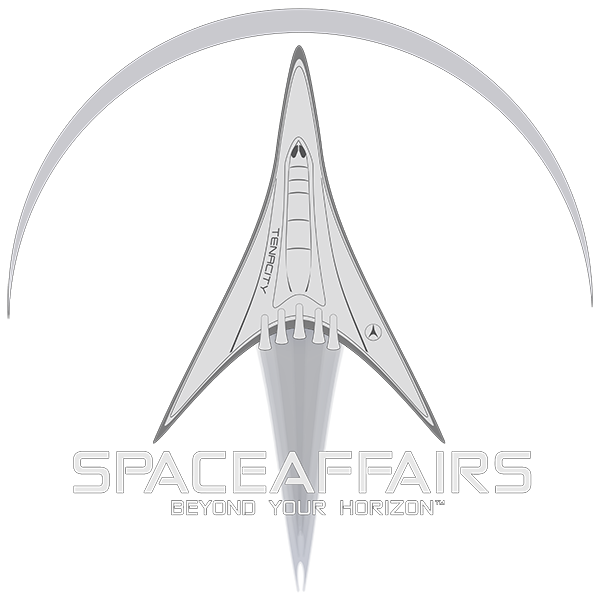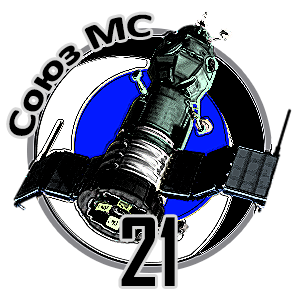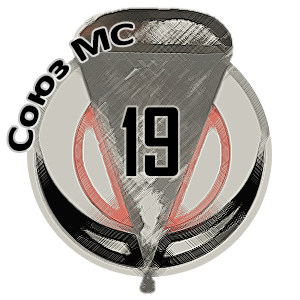
ilyushin 76mdk
The Yuri A. Gagarin Cosmonaut Training Center owns three specially equipped Ilyushin-76MDK aircraft designed to perform parabolic flights. These aircraft have a unique interior, reinforced wings, stronger engines and special constructions which ensure the higher utilisation of the entire plane. The aircraft are inspected at select intervals, and a primary inspection is due once a year.
The aircraft belongs to the Russian Space Agency Roskosmos. In more than 18 years since we have been flying in Russia, there has not been a single time that a flight date has been cancelled due to a technical defect that was not known at least 60 days before. The planes are very robust and reliable. The Ilyushin-76MDK planes are the largest parabolic planes in the world, and the safety of the aircraft as well as the safety during the Zero-G flight have been shown for years in our flights in many flights in reality.
Technical Data Ilyushin 76MDK
Manufacturer: Ilyushin - Moscow/Russia
Aircraft length: 46.59 meters (152,85 ft)
Aircraft height: 14.76 meters (48,43 ft)
Wingspan: 50.50 meters (165,68 ft)
Length Lab-Room (Free Floating Area): 24.18 meters (81,36 ft)
Width Lab-Room (Free Floating Area): 3.45 meters (11,32 ft)
Height Lab-Room (Free Floating Area): 3.50 meters (11,15 ft)
Max. Cargo length: 14.00 metres (45,93 ft)
Max. Cargo width: 3.30 metres (10,83 ft)
Max. Cargo height: 3.20 metres (10,50 ft)
Max. Cargo weight: 10,000 kg (22,046.3 lbs) (not valid for parabolic flights, weight limitation depends on intended use)
4 load cranes with a capacity of 2.5 t (5,511.58 lbs) load capacity each
Maximum passenger group size for parabolic flights: up to 15 persons (without instructors and core crew)
Maximum duration of condition in weightlessness: 28 - 30 seconds
Number of parabolas: Depending on the mission between 10 and 20 parabolas (depending on fuel temperature, ambient temperature and total weight)
Overload along the longitudinal or vertical axis: Nх-1x10-2 / Ny-4x10-2
Flight time: 90 - 120 minutes
total weight: 79.000 kg (174,165.19 lbs)
Total fuel quantity: 30.000 kg (66,138.68 lbs)
The cockpit area of the Ilyushin 76-MKD is divided into two different areas: the pilot cockpit, which can be reached via stairs, and the navigator area, which is located in the front of the Ilyushin on the same level as the free-floating area.
Both areas are particularly suitable for B-shots and aerial photography. Action cams can be installed in the two areas that document the flight during parabolas. Especially the area of the navigators is located behind a huge window front which offers an excellent view to the front and the side. Here action cams can be installed in different positions, which can record the flight altogether.
Access to the pilot cockpit during the parabolic flight is not permitted for camera operators or other team members. When the parabolic flight is finished, a visit to the rear area of the cockpit is possible with the accompaniment of an instructor.
In front of the free-floating area, there is an area with consoles and seats, which can be occupied in select flights by astronaut trainers, engineers, scientists or instructors. The lighting for the free-floating area is also controlled from here.
On these consoles action cams can also be installed, or other technical equipment, which can be used during a parabolic flight. There is also storage space for personal gear.
An aeromedicine is on board with every parabolic flight; she or he also has its place here. For participants who do not tolerate parabolas very well, there is also a place where they can be strapped down to restrict physical movements during the different acceleration phases.
For TV teams, this place is perfect for light masters or sound engineers.
Probably the most crucial area in the Ilyushin 76MDK is the Free-Floating area, where any weightless action can take place. The usable space depends on the number of people and equipment, but it is the most significant space in width and height that can be used. The length depends on the demand.
The rear area is separated by a net which prevents free-floating persons or objects from entering the rear cargo area of the IL-76. The floor is covered with soft rubber mats. The walls, as well as the ceiling, are covered with unique material, which makes bumping less sensitive to pain.
Twenty spotlights are mounted here, ten on each side. These are located on rails and can be mounted and moved along the length of the free-floating area as required. It is also possible to install your lighting equipment, depending on size, material and energy consumption. Modern LED lighting is the most suitable type of brilliance today, which we have already used, including our own, developed LED light hoses.
It is possible to install special lightweight stage constructions in the Ilyushin. The use of clear liquids does not pose a problem, with coloured liquids, the interior of the Free-Floating Area must be protected, notably by synthetic sheets. The installation of blue screens or green screens is not a problem.
Power connections are available everywhere, which supply different current strengths. In the free-floating area, there is also a railing attached to the left and right of the walls. It is also particularly suitable for mounting various lightweight camera systems.
Up to 8 Zero-G instructors, especially experienced with any Zero-G flight, whether for astronaut training or material testing, are ready to help, the teams are beneficial and well-rehearsed with each other.
The Ilyushin 76MDK clearly shows its origin as an original cargo aircraft when you turn to the tail. There is a massive cargo door. Bulky stage structures, film equipment, lighting and everything necessary to equip the flying stage can be transported into the interior via this area. Lightweight stage superstructures enter through the cargo hatch.
An extendable ramp which is height-adjustable allows easy transport in and out.
On the subject: What can be taken on a Zero-G flight?
Everything, as long as it is lightweight and does not exceed a total weight of 750 kg, even this is too much for some physical principles. Flammable, radiant or explosive materials certainly have no place on such a flight.
It is always important to know, even if the Ilyushin can transport up to 10 tons of cargo, this is not possible in a parabolic flight, because the mass is relevant first of all which has to be transported, even if the weight is not available in free fall.
The reinforcements of the fuselage, the wings, the landing gear and the engines are designed for parabolic flights, but not everything can be flown. First of all, before any physical calculations and fundamentals can be consulted, it is always a question of safety for the entire flight, i.e. the aircraft as well as all persons on board.
Today, however, it is not a problem to make a mock-up even of cars that looks real, but it is not the car that can be moved on the road.
So, talk to us about your ideas and about what you want to fly. We have even brought Formula One racing cars into weightlessness because these cars have a weight limit.
Concept cars and design studies are possible in many ways.


